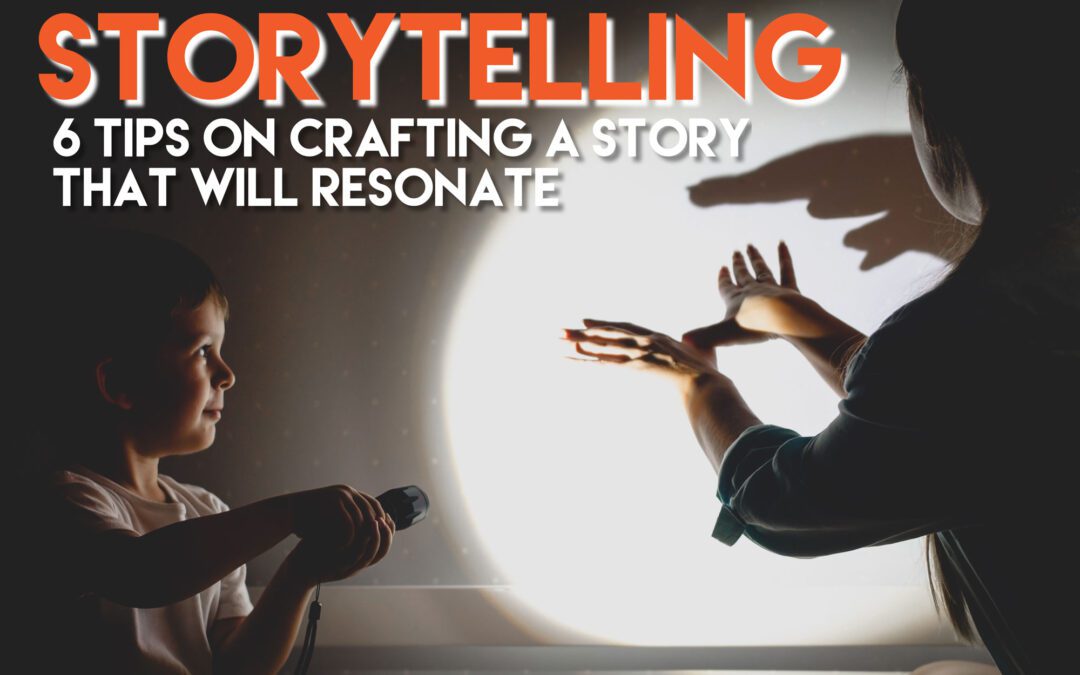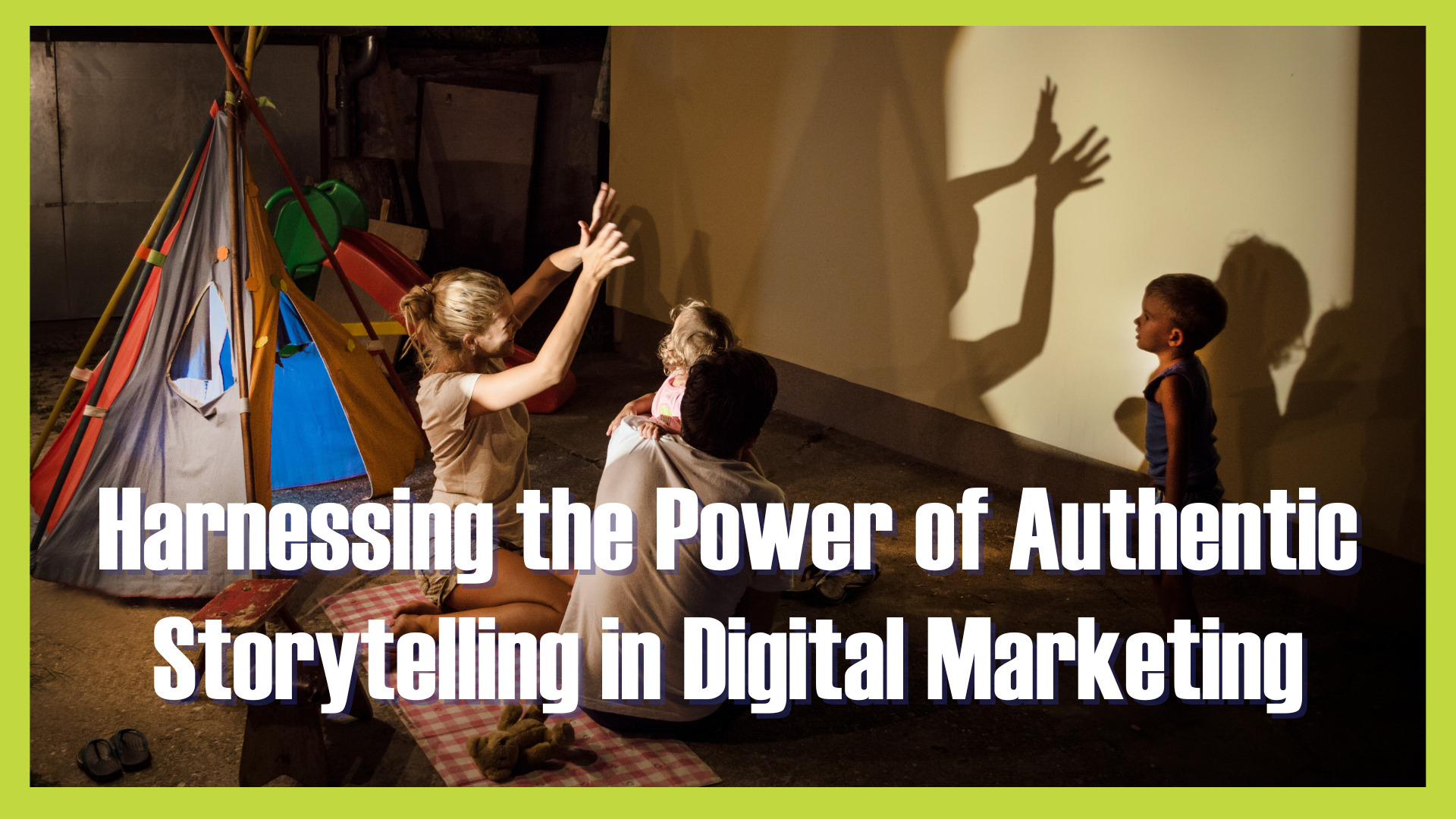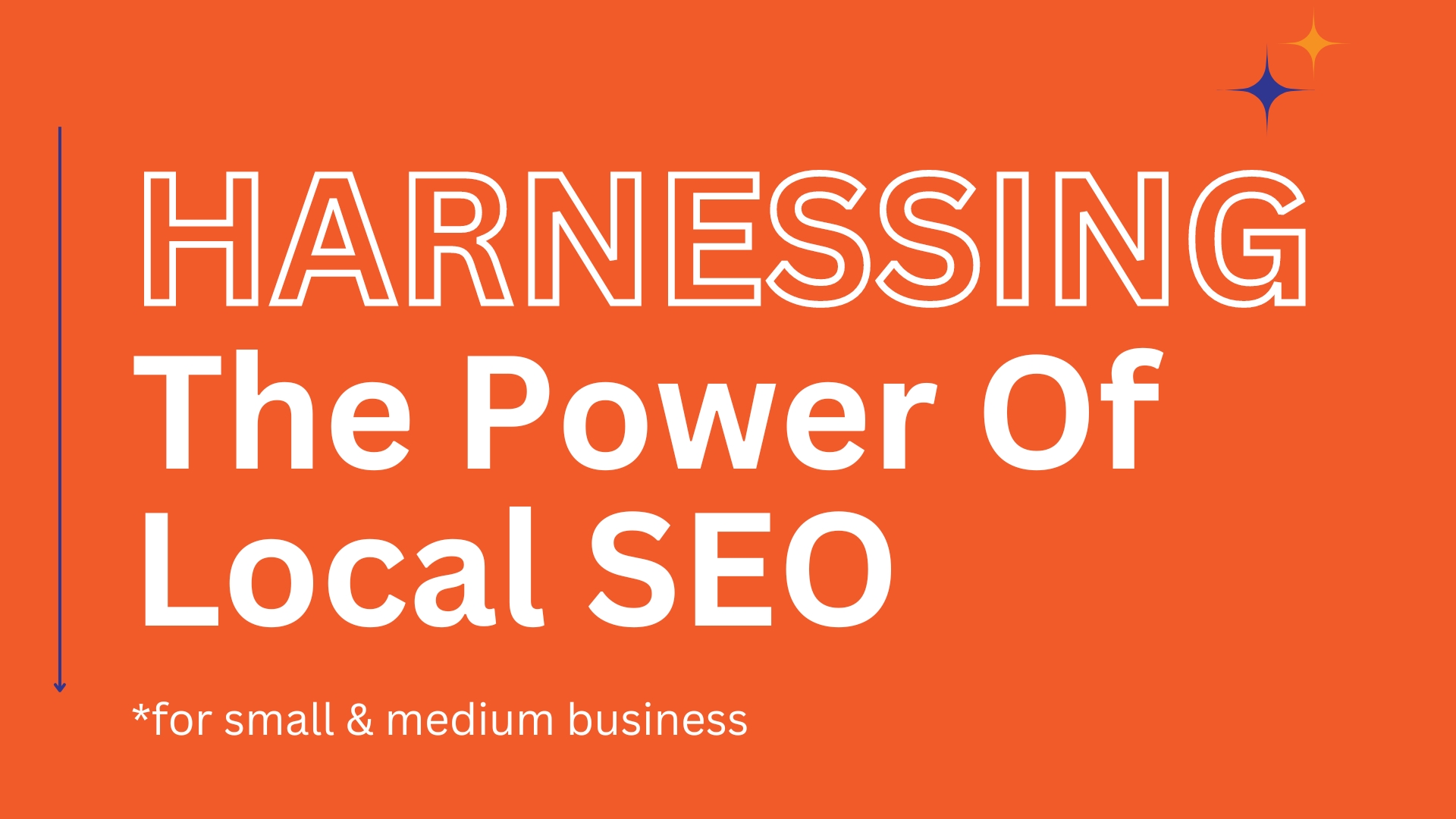At its very core, marketing is storytelling. The best advertising campaigns take us on an emotional journey – appealing to our wants, needs and desires – while at the same time telling us about a product or service.
Building trust and helping your audience connect through stories that resonate
The history of storytelling dates back thousands of years. Stories define us. They connect us to our past and our future, invoke the imagination, and affect how we think and act. Did you know that Abraham Lincoln was a famous storyteller? According to historian Doris Kearns Goodwin, his form of storytelling demonstrated “extraordinary ability to convey practical wisdom in the form of humorous tales his listeners could remember and repeat.” If Abe were alive today, he would have been a fine marketer! #teamRHM

What is business storytelling?
Business storytelling is the art of sharing the experiences behind your brand, values, employees, customers and clients. It allows you to grab attention, better illustrate your message, and most importantly connect with your audience on an emotional level.
People will forget what you said, people will forget what you did, but people will never forget how you made them feel.
Research suggests that learning which stems from a well-told story is remembered more accurately, and for far longer, than learning derived from facts and figures. Similarly, facts are 20 times more likely to be remembered if they’re part of a story.
Great stories empower and enable people to do better. They validate their dreams and help them understand how they can achieve their goals. Leaders who can create and share good stories have a powerful advantage. The good news is that everyone can become a better storyteller.
Entrepreneurs who make a difference are, in effect, professional storytellers.
Here are 6 tips on crafting a story that will resonate:
1. Know Your Audience
Is it your employees, customers, investors, or potential new clients you are targeting? Everyone has a dream. Figure out what your audience aspires to do or be, and tell a story that reflects that aspiration.
2. Define Your Message
What is the purpose of your storytelling? Decide if you want to incite action, share more about yourself and your journey, convey values of your brand, foster community or collaboration, or introduce a new idea.
3. Highlight A Struggle
Every story needs a conflict. Anecdotes that illustrate struggle, failure and barriers that need to be overcome help the audience connect in an authentic way. Use your experience to share the lessons learned, and allow people to imagine themselves as the heroes of your narrative.
4. Establish Call To Action
What is the next step you want your audience to take? Now that you have connected with them, identified their struggle, and illustrated how to solve the problem with a compelling story, ask them to take action.
5. Choose The Right Story Medium
Decide what will be the most effective way to deliver your ideas. It can be a written format (article, blog post, book), spoken word (presentation, pitch, TED talk), audio (podcast, radio show) or digital format (video, animation).
6. Share Your Story
Let the world know through social media, blog, email or YouTube.
Mercedes-Benz’s Bertha Benz: Journey That Changed Everything is an excellent example of a marketing story that has it all, shared both through written word and video. See for yourself!
“She believed in more than a car. She believed in herself.”
What stories will YOU tell?
Keywords: storytelling, brand storytelling, marketing storytelling, business storytelling, story, emotional connection, digital marketing





Recent Comments